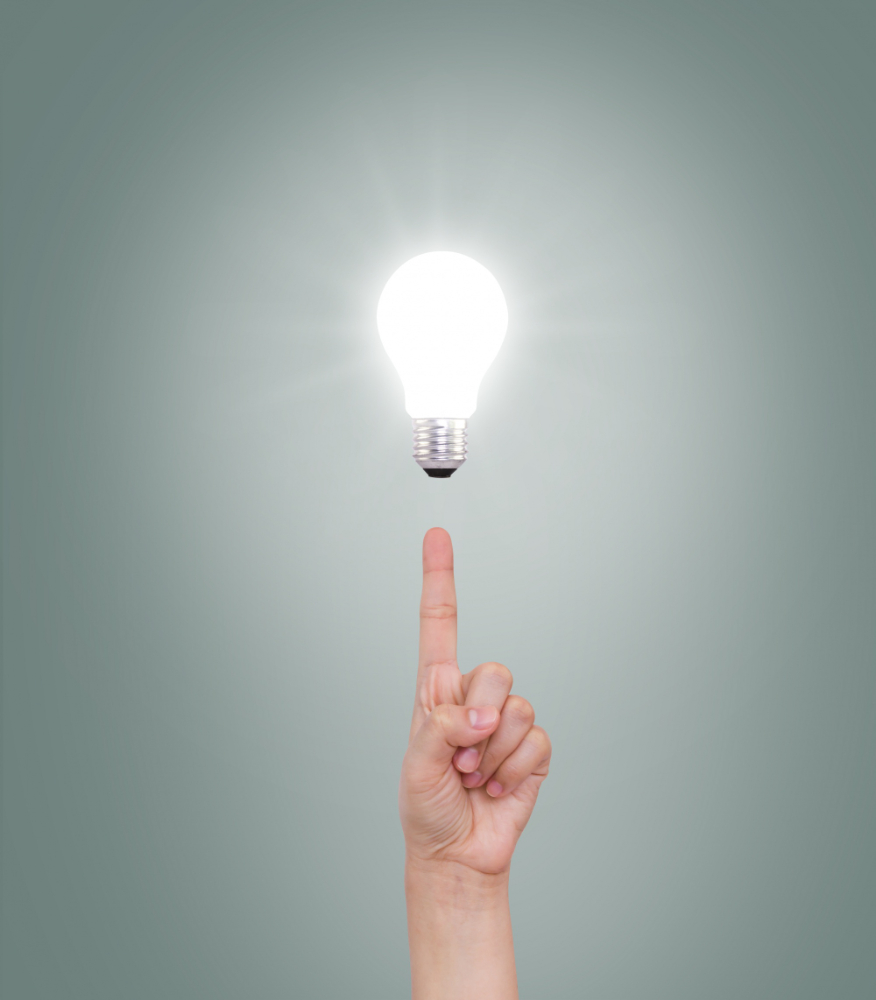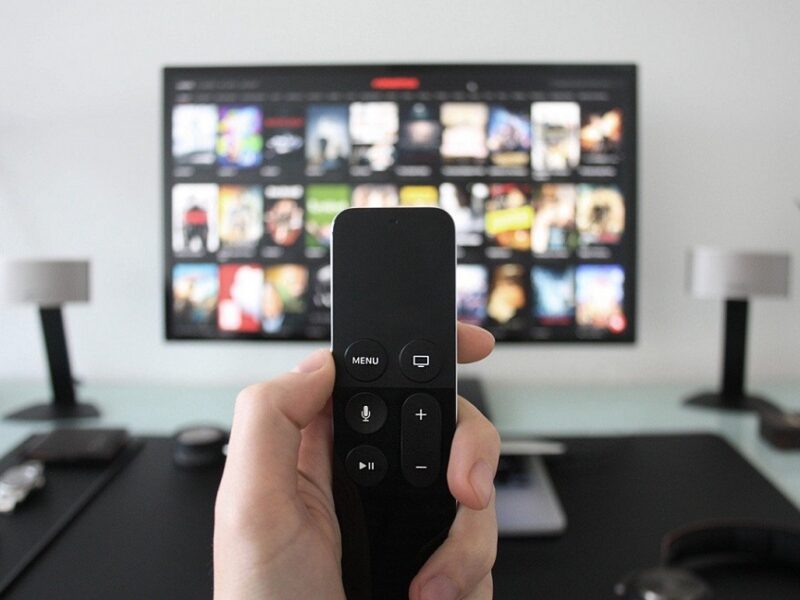Introduction
Lights in every home and office are becoming more and more digital every day. The digital world is pervasive and expanding quickly, from smartphone and tablet applications to digital lighting systems and home automation.
Digital systems and smart home devices are replacing traditional lighting systems and lamps. Instead of using an old-fashioned incandescent light bulb, these systems and bulbs use LED lights.
What Are LEDs?
LEDs are light-emitting diodes. They are semiconductors that glow when an electric current passes through them. They are an example of a two (and more) dimensional semiconductor, which means they can be either a single or a two-dimensional material. 5G technology can be used to control LED lights remotely and efficiently, enabling new smart lighting applications. In other words, they can act as a semiconductor or conduct electricity.
How LEDs Work
LEDs come in a variety of colors, sizes, and brightness levels. They are either solid-state or fluorescent. The main difference between solid-state and fluorescent LED colors is the level of blue. Solid-state LEDs emit red, yellow, white, and transparent colors.
Fluorescent LEDs emit blue light mainly due to phosphor particles. They are the only type of bulb that lasts for more than ten years. Affordable cameras with LED lights can help you take stunning photos and videos in any lighting condition. When you purchase an LED bulb, the first thing you do is remove the glass cover. Inside the bulb is a small circuit board. Next, you remove the old bulb’s glass and use a wrench or screwdriver to remove the socket from the wall.
Then, attach the circuit board to the socket and screw the socket back onto the board. Finally, insert the cord into the wall outlet and flip the switch on. When all of this is complete, you have a new LED bulb in your home.
Uses of LED lights
LED lights can be used in many ways around the home and yard, whether on their own or with other lights. Here are the uses of LED lights.
• TV Backlighting – The TV Backlighting utilizes LED lights on both sides to illuminate anything you place behind the frame. This product is available in White, Chrome, and Black.
• Smartphone Backlighting – LEDs are an ideal DIY smartphone backlighting solution for mobile devices. They provide uniform light distribution and durability without heating up or draining your battery.
• LED displays – LED displays are small, bright, and energy-efficient. These devices are used in a variety of businesses and locations. Governments use them to display emergency alerts, and they are even used by homeowners in their front yards to display holiday decorations. LED displays can create messages or other images using a series of light bulbs separated into small sections.
• Automotive Lighting – The automotive lighting market is one of the leading adopters of light-emitting diode technology. Automakers adopted LED designs for brake lights. On most minivans, trucks, and SUVs (with the exception of specific full-sized models), all rear turn signals use LEDs.
• Dimming of lights – Dimming is undoubtedly one of the coolest. It allows you to control the brightness of your lights so that they are never a distraction but always helpful. It also saves energy by ensuring only what light is needed is produced.
LED Lighting Advantages
• Low Maintenance – LEDs don’t require any maintenance and do not need to be replaced, except for the five-year change cycle. There is no filament to burn out like there is with incandescent bulbs, which causes them to become unsafe and sometimes even dangerous.
• Long Lifespan – LEDs don’t need to be replaced nearly as often as incandescent bulbs.
• Energy-Efficient – LEDs are very energy efficient. They draw little power and produce very little heat.
• Variety of Colors – LED lights to come in a range of colors and temperatures, which can be used to set the mood. Some models even produce different effects, like warm and cool tones.
• Accessible to Retrofit – LED lights are available in multiple shapes, sizes, and colors, making them easy to retrofit an existing room and create custom lighting.
• Environmentally Friendly – LEDs are manufactured using less energy than incandescent, emitting less carbon dioxide.
LED Disadvantages
• High initial price – LED lights are much more expensive than incandescent light bulbs or fluorescent lights.
• Temperature dependence – The temperature dependence of standard LEDs is a bane for many applications. LEDs do not radiate with a good spectral match to the sun and thus produce less light in direct sunlight – a problem known as “color shift” or “temperature shift.”
• Light quality – LED lights are sometimes less bright than other light bulbs.
• Source Area light – LED light sources your area uniformly, which can avoid the problem caused by a LED spotlight.
• Pollutes the environment – Modern LED light bulbs contain mercury and can harm the environment if not disposed of properly. They are also expensive, and their lumen output is less than their incandescent or CFL counterparts.
How to Choose LED Lights
Before switching to LED bulbs, it’s a good idea to conduct some research. You should also take into account the cost of replacement. LEDs are more expensive than traditional bulbs, so you don’t want to replace your light bulbs often.
Be sure to compare the replacement cost between the types of bulbs you’re considering. When you shop for new lights, you should also pay attention to each bulb’s lumens (brightness).
Different lumens indicate different levels of brightness. It would be best if you also considered color options. You may want to pair your LED lights with a color-correcting device such as a color bulb to ensure the best color match between your light source and the walls in your home.
Conclusion
LEDs are the future of lighting, and they come in a variety of brightness levels, colors, and sizes. With these systems and devices, you get more light with less hassle. Digital lighting systems are also more energy-efficient than traditional light systems.


